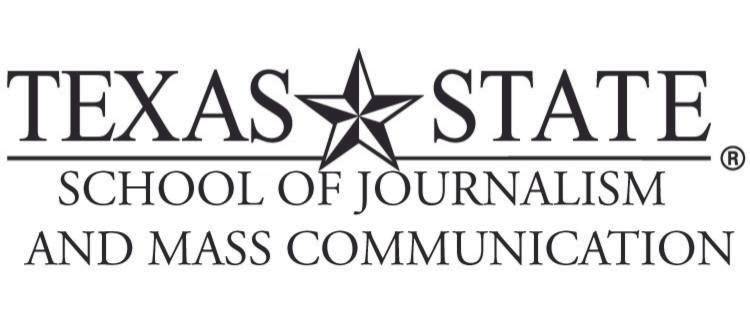Korea from a visiting professor point-of-view
Frank Walsh | February 21, 2013

Kookmin University serves approximately 15,000 students in Seoul, a city of 10 million residents, in South Korea, a nation that would fit several times within the boundaries of the state of Texas.
As a visiting professor teaching at Kookmin University for a semester, I became familiar with the students and their culture.
I was invited to be a Visiting Professor at the University’s College of Social Science, School of Communication. I was assigned to teach two classes in English, which quickly identified a significant difference between teaching in the United States and Korea: all Korean students must pass an English-speaking and writing examination as part of their entrance to a Korean university.
The Korean government, the university system and students understand the need to communicate effectively with an international system of business, communication and education. Except for being asked to “slow down” a couple of times, the students understood English lectures and completed assignments and exams in English. There were also students from Indonesia and Russia in my classes.
Students Are Similar
While in Korea, I was asked several times how Korean students compare academically to American students. Returning to Texas State University, I was asked how American students compare to Korean students. My experience is that they are very similar. Both groups of students worry about what comes after graduation: will there be enough jobs? A higher percentage of Koreans with university degrees than in the United States. While the unemployment rate is lower than in the United States, the unemployment rate for young adults in South Korea is about twice the national average.
While the language was difficult for me, the absolute desire on the part of every Korean, I met more than made up for my lack. The Korean faculty and staff made the transition into the semester easy. Several of the faculty had obtained their doctorate degrees in the United States – a couple from the University of Texas at Austin. Son, Young Jun, Ph.D., who was my mentor at Kookmin University, had taught at Texas State University – San Marcos for three years before returning to South Korea.
I was fortunate to have two Kookmin students who had been students at Texas State University – San Marcos the previous year as my guides: Gowan and Yuna. Seoul is a city of 10 million residents, and while the subway and bus systems are extremely efficient, my guides made using them easy to learn. It would be difficult to overstate the time and effort these two guides gave me. I continue to be extremely thankful to them. See photo
The professional community extended themselves to a significant degree. Four different professionals lectured in my class to provide a Korean context to the subject material. After each lecture, each professional stayed on campus for lunch with a different small group of students.
One of the professionals invited me to a dinner with the founder of his agency at a restaurant in downtown Seoul. While this was more than generous, the date was on Thanksgiving Day in the United States, making me feel more at home. Another professional sponsored two field-trip tours of his agency for my students. This same professional offered to be a full-day guide for me and my wife and daughter, when they came to Korea at the end of my stay. The professional and his family provided highlights of Korean shopping and history. They answered all of our questions about Korean food that we had wanted to ask, giving us a wonderful window into how typical Korean cooks live.